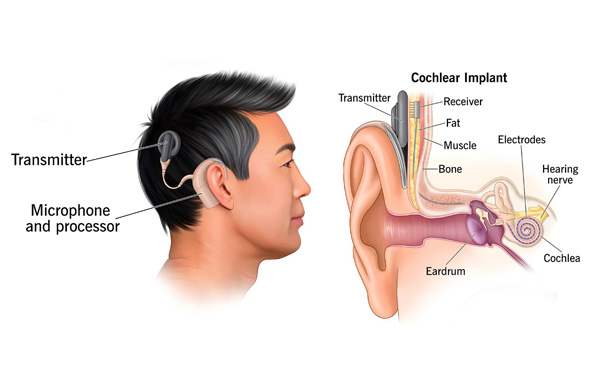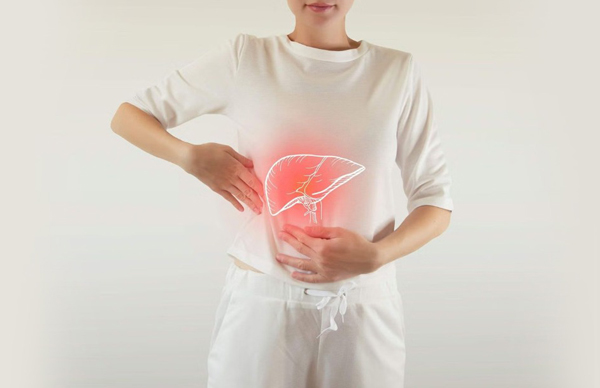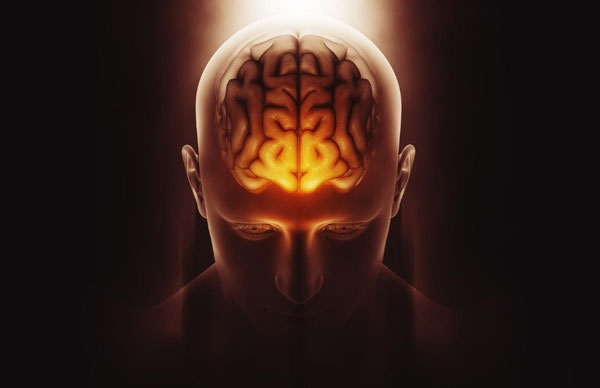Sleep Disorders: Types, Diagnosis, and Treatment Options
Are you surprised by the term sleep disorders? Well, don’t be. It is quite common. About one-third of the people in the world suffer from sleep disorders. Sleep disorders (or sleep-wake disorders) involve problems with the quality, timing, and amount of sleep. A sleep disorder can cause various issues in the patient’s life such as daytime distress and impairment in functioning. So, it needs to be taken care of at the right time. Read this blog to know everything about sleep disorders and connect with Neotia Getwel Multispecialty Hospital for the best medical support & 24*7 emergency care.
1. What are the common types of sleep disorders?
The major categories of sleep disorders are
a. Insomnia: Insomnia is when you aren’t sleeping as you should. In insomnia, the patient faces a lot of trouble to get asleep at the right time or they don’t get enough sleep for a long time. This can be a short-term or a long-term problem. The chronic form is known as insomnia disorder.
Symptoms of insomnia:
- When you have trouble sleeping.
- Daytime effects.
- Chronic insomnia characteristics.
The causes of insomnia:
- Genetics: Insomnia can be inherited and it runs in families.
- Too much active brain: People who have too much active brain, generally face issues in getting sleep at the right time.
- Medical conditions: Your physical health can affect your ability to sleep. This includes temporary illnesses like minor infections or injuries, or chronic conditions like acid reflux or Parkinson’s disease. Conditions that affect your circadian rhythm, and your body’s natural sleep/wake clock, are also factors.
- Mental health issues: Mental health issues such as anxiety or depression can be a reason for chronic insomnia.
- Lifestyle changes: Brief or temporary changes are often factors, including jet lag, sleeping in an unfamiliar place or adjusting to a new work schedule (especially shift work). Long-term changes, like moving to a new home, can also affect sleep.
- Lifestyle habits: Consumption of too much caffeine can be a cause of insomnia.
b. Sleep-related breathing disorders: Sleep-related breathing disorders are conditions of abnormal and difficult respiration during sleep, including chronic snoring and sleep apnea. There are many categories in it such as Obstructive Sleep Apnea in adults, Obstructive Sleep Apnea in children, Central Sleep Apnea, Sleep-Related Hypoventilation disorder, Sleep-Related Hypoxemia disorder, Snoring & Catathrenia.
Obstructive Sleep Apnea in Adults: Obstructive Sleep Apnea is more common in men than women. It can be due to age, obesity, large tonsils, genetics, lifestyle disorders such as too much alcohol consumption, jaw misalignment or size, heart-related disorders, nasal congestion or a narrowed airway.
Obstructive Sleep Apnea in children: Obstructive Sleep Apnea in children occurs mainly due to enlargement of the tonsils and adenoids, which are masses of tissue at the back of the throat that are part of the immune system. However, it can be corrected or sometimes it goes with age.
Central Sleep Apnea: Central Sleep Apnea occurs when either the brain does not properly send signals to the respiratory muscles or the respiratory muscles don’t activate in response to the brain’s signals. It is far less common than the previous two.
Sleep-Related Hypoventilation disorder: Sleep-related hypoventilation disorders involve elevated blood levels of carbon dioxide during sleep that result from a lack of air moving in and out of the lungs. Often it is associated with lung conditions like chronic obstructive pulmonary disease (COPD) or pulmonary hypertension.
Sleep-Related Hypoxemia disorder: When the concentration of oxygen drops in the blood Sleep-Related Hypoxemia disorder occurs in the body.
Snoring: Snoring occurs when air moves around floppy tissue near the back of the throat and causes that tissue to vibrate. It is important to mention that light snoring is normal. However, snoring that occurs more than three nights per week, though, is classified as a sleep-related breathing disorder and frequent snoring is associated with obstructive sleep apnea.
Catathrenia: Catathrenia is a pattern of abnormal breathing and vocalization that is often referred to as sleep-related groaning. In this, a sleeper takes in a long inhaled breath and then exhales slowly while making a monotone, groan-like sound.
c. Central disorders of hypersomnolence: Central disorders of hypersomnolence, including narcolepsy and idiopathic hypersomnia, are characterized by excessive daytime sleepiness in the absence of other sleep disorders but with the setting of adequate and regular sleep habits.
Symptoms of central disorders of hypersomnolence:
Excessive daytime sleep
Sleep-related hallucinations, sleep paralysis, or vivid dreams and dream-reality confusion
Patients with idiopathic hypersomnia (IH) often describe excessive daytime sleepiness, prolonged sleep duration (more than 10-11 hours of sleep nightly), and severe difficulty waking up in the morning (sleep inertia)
Causes of Central Disorders of Hypersomnolence:
- Medical conditions
- Other sleep disorders
- Illicit and prescribed substances
- Lifestyle factors such as shift work)
- Insufficient sleep time.
d. Circadian rhythm sleep-wake disorders: Circadian rhythm disorders, also known as sleep-wake cycle disorders. When a patient totally ruins their sleep patterns and their body fails to sync with your environment then the body fails to order when to sleep and when to wake up.
Your body tries to align your sleep-wake cycle to cues from the environment, such as when it gets light or dark outside when you eat, and when you are physically active. When your sleep-wake cycle is out of sync with your environment, you may have difficulty sleeping, and the quality of your sleep may be poor. Disruptions of your sleep-wake cycle that interfere with daily activities may mean that you have a circadian rhythm disorder.
Causes of circadian rhythm sleep-wake disorders:
- Sleeping habits
- Working hours
- Continues travel
2. What are the treatment options for sleep disorders?
a. Medicines: Well, the first and the most effective way of treating sleeping disorders is connecting with a doctor and having medicines according to the prescription. You can connect with Neotia Getwel Multispecialty Hospital at any for the best medical support.
b. Cognitive behavioural therapy for insomnia: Cognitive therapy, meditation, sleep education, stimulus control therapy etc. help significantly in sleeping disorder.
c. Lifestyle changes: A healthy lifestyle can make wonders for us. For example, eating meals on a regular schedule, limiting fluid intake before bedtime, limiting alcohol, limiting caffeine, regular physical activity, limiting nicotine intake and maintaining a fixed sleeping time can literally solve this problem.
3. What are the processes of diagnosis of sleep disorders?
Apart from various symptoms, Polysomnography is one of the most effective ways of diagnosis of sleep disorders. It helps in brain waves, the oxygen level in your blood, and your heart rate and breathing during sleep. Additionally, it helps in recording eye and leg movements to understand whether the patient has a sleeping disorder or not. However, only a certified medical practitioner can do this. So, if you are struggling with your quality of sleep, please connect with a doctor now.
Final words: Sleep disorder can make a permanent ruckus in your life and most of the time it does not get solved with time. So, it is important to connect with a doctor and follow the proper instructions along with proper medication. Connect with Neotia Getwel Multispecialty Hospital for the best medical support & 24*7 emergency care.
Disclaimer
Though all attempts are made to provide correct information on the subject, inadvertent & typographical errors arising out of manual intervention cannot be ruled out. It is requested to bring any such discrepancies to the notice of the blogger for correction.













